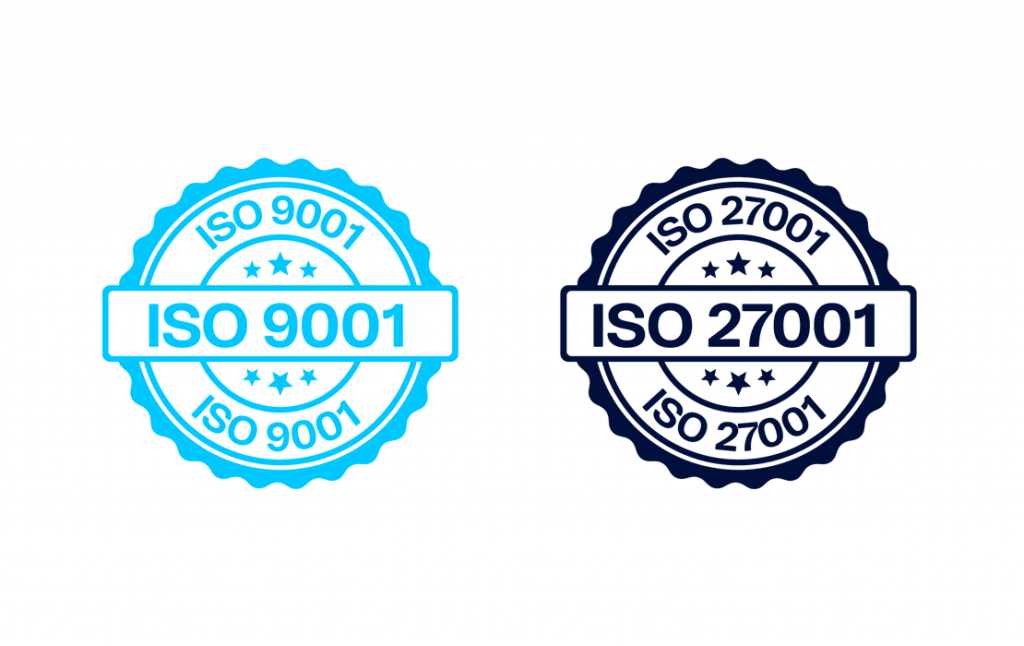The IoT is revolutionizing industries across the globe, and the utilities sector is no exception. Smart grids are just one example of how connected devices and real-time data are being utilized to optimize operations, reduce costs and improve safety.
But the possibilities extend far beyond smart grids. Discover how IoT is transforming various industries by exploring our collection of IoT use cases across transport & logistics, manufacturing, smart cities and utilities. See how businesses are utilizing connected technology to achieve real world results.
Smart grid technology underpins a utility supply network that relies on digital communication technologies to detect and react to changes in consumption and generation habits. Focused on balancing demand with supply, especially from renewables in the electricity industry, smart grid technology is eliminating wasted power generation.
Utilities have invested in smart grid infrastructure in the form of smart meters, sensors and networks to create smart grid systems that continuously gather data on consumption and in the case of electricity grids, power generation from renewables. With brown-outs happening in many parts of the world because of power demands placed on grids, understanding likely peaks and falls in demand is essential for utility providers.
The advantages of smart grids include being able to balance demand with supply across the network and to match generation with expected demand. The added complexity of customers also becoming suppliers thanks to having their own renewable energy generation capability means the utility isn’t alone in controlling generation capacity and therefore needs far more information on supply and likely demand.
The impact of renewable energy on the grid is significant and comes at a time when there are increased constraints on sources of non-renewable energy, such as oil and gas. In addition, battery technology has improved and it is anticipated that large batteries may be employed to store energy generated from renewables with greater efficiency than before.
Automation of processes will be achieved through applying artificial intelligence and machine learning to smart grid data but there are many variables to consider and different business models that affect smart grid benefits and smart grid features. It is essential for smart grid operation that a network of smart meters and sensors is in place to feed it with information to enable it to optimize smart grid operations.
Smart grids provide a means to communicate, analyse and utilize information across the entire grid. Advantages include:
Smart grid communication technologies have advanced rapidly in the last few years and much of the industry has moved to wireless smart meters. This is because these are faster and easier to deploy and provide a lower cost means of ensuring devices, even in hard-to-reach locations, can be connected. Cellular technologies such as LTE-M and narrowband IoT (NB-IoT) are widely used, and these are connecting the latest generations of smart meters which supply the information smart grid features need to deliver benefits to power and utility providers as well as their customers.
Telenor IoT offers IoT Connect, our Managed Connectivity service, provides reliable and secure access to analytics services that help turn data into value. From standard reports to advanced data analytics, we provide tailored solutions that enable you to understand data points specific to your needs and market.
At Telenor IoT, we aggregate, combine, visualize, and analyze IoT and network data, providing richer, more in-depth, and multi-sourced data points to aid decision-making. Our IoT analytics tools are highly sophisticated and can process various sources of data to achieve valuable findings. Customers can subscribe to APIs to build their analytics-fueled outcomes or use our team of experts to analyze the data to help extract value.
You can explore more IoT case studies for the Utilities industry or download Telenor´s Customer Cases booklet.
Don’t miss out on the opportunity to join our network of satisfied customers. Contact us today to learn how we can meet your IoT connectivity needs.


